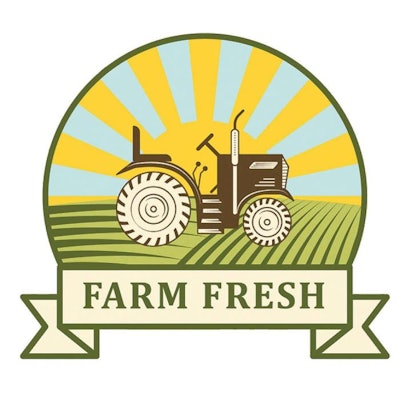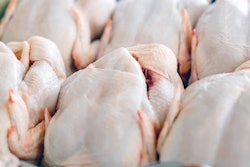
This article appears in the August issue of Poultry International. View all of the articles in the digital edition of this magazine.
Would mandatory method-of-production labeling benefit the poultry meat sector?
There is an argument to be made that on-pack rearing information could benefit consumers by allowing them to make a more informed choice, and producers by allowing standards to be recognized at the point of purchase.
The idea is being promoted in several markets, including Europe, where it is being championed by advocacy group Labelling Matters, which comprises Compassion in World Farming, Eurogroup for Animals, The Royal Society for the Prevention of Cruelty to Animals (RSPCA), and the Soil Association.
Read more: No chickens at supermarket ghost farm
They argue that mandatory method-of-production labeling would be a simple measure that would enhance transparency in the marketplace, benefiting all parties.
What is proposed?
Where packaged poultry meat sold in the European Union is concerned, Commission Regulation 543/2008 on marketing standards already defines methods of production for free-range and extensive indoor-reared chicken, detailing the standards that must be reached if retailers label products free range or extensive indoors.
However, Labelling Matters suggests that regulations should lay down four mandatory terms for marketing. These would be:
- Organic
- Free range
- Extensive indoor
- Intensive indoor
In addition, it argues that the maximum permitted stocking density for indoor intensive should be raised from 25 kg per square meter to 30 kg per square meter.
The group says mandatory, rather than voluntary, labeling is essential to ensure that products farmed to good standards of welfare are marketed correctly, and that products from intensively reared animals are also labeled accordingly.
But why does method-of-production labeling matter, and what might its benefits be?
Market distortions
Labelling Matters points out that market distortions created by misleading or unclear labels are important because they influence directly at the point of sale.
They can have a potentially significant adverse impact on those producers operating to higher welfare standards because they disturb natural consumer preference, preventing the marketplace from operating efficiently.
Clear, objective method-of-production labeling would, in effect, prevent the use of misleading words and images while helping to provide clarity for consumers, allowing them to know how a chicken has been reared.
Philip Lymbery, Compassion in World Farming CEO, argues that many consumers are taken in by the power of suggestion that appears on many food labels, and that marketing techniques can create visual and written cues that make shoppers feel they are buying a fair, sustainable product.
Under current European marketing rules on standards of production, labels on intensively reared products can still legally display images of rolling landscapes and cozy family farms, when this may not reflect production realities.
Clear, objective method-of-production labeling would, in effect, prevent the use of misleading words and images, helping to give consumers clarity at point of purchase.
Pork and egg precedent
The proposal is not without precedent. In the European egg sector, method-of-production labeling has been in force since 2004, and there are comparable examples from other sectors.

Method-of-production labeling is not without precedent and has been mandatory in the European egg industry since 2004.
In the U.K., a voluntary, but industry-wide, labeling scheme for pork products has been in place since 2010, and is reported to have led to greater overall value in the U.K. pork market.
In Denmark, a state-regulated method-of-production-based labeling scheme for higher-welfare pork products has recently been announced, while in Germany the Bundesrat is examining the benefits of mandatory method-of-production labeling.
Consumer demand
The labeling of packaged poultry meat sold in Europe already offers information, whether voluntary or mandatory, deemed of consumer interest including rearing and place of slaughter.
The European Commission has recognized that method-of-production labeling offers strong potential to aid growth in the quality market, but has no plans to make such labeling mandatory, and any Europe-wide mandatory system would have to come from European legislation.
Research undertaken by Qa Research for Labelling Matters, however, has found that there is strong public demand for the extension of mandatory method-of-production labeling.
Looking at data from 3,003 interviews across the Czech Republic, France and the U.K., it found that between 78 and 92 percent of respondents were in favor of an extension of the method-of-production labeling system required for shell eggs to all meat and dairy products sold in the European Union.
Industry views on mandatory method-of-production labeling are, however, mixed. While some poultry producers are in favor, others are not, doubting that it would add value and preferring a voluntary system.


















